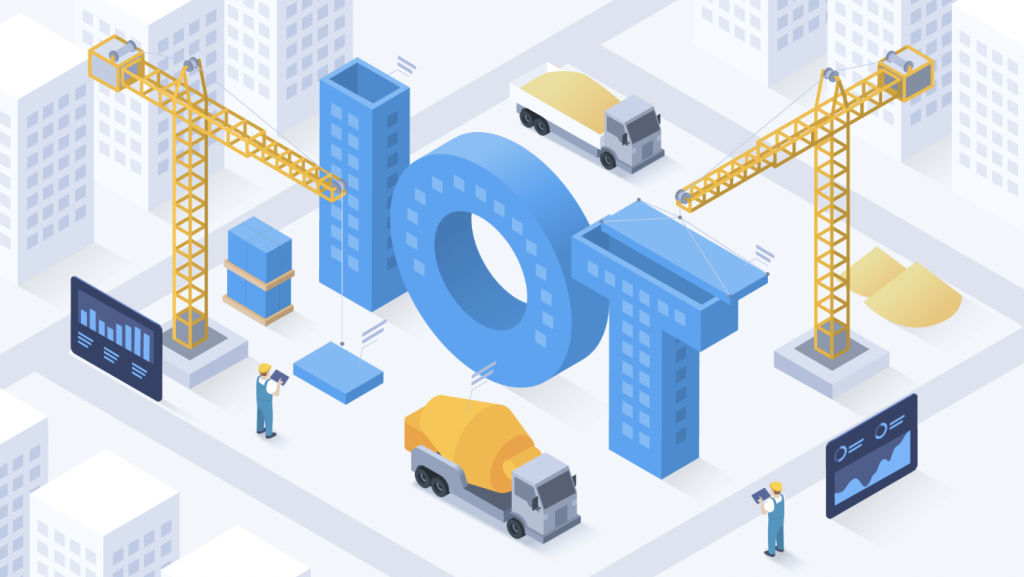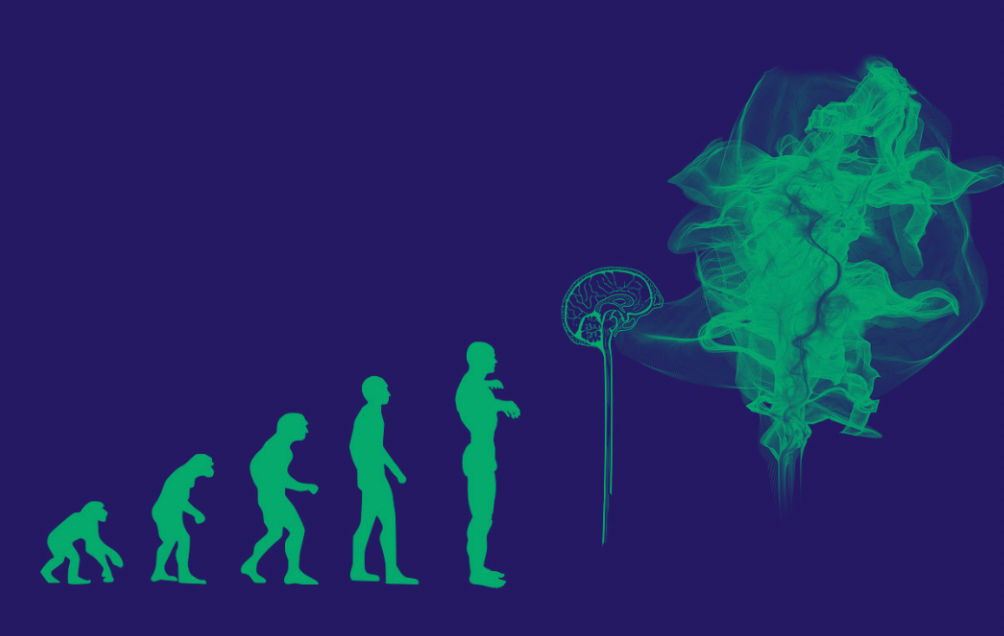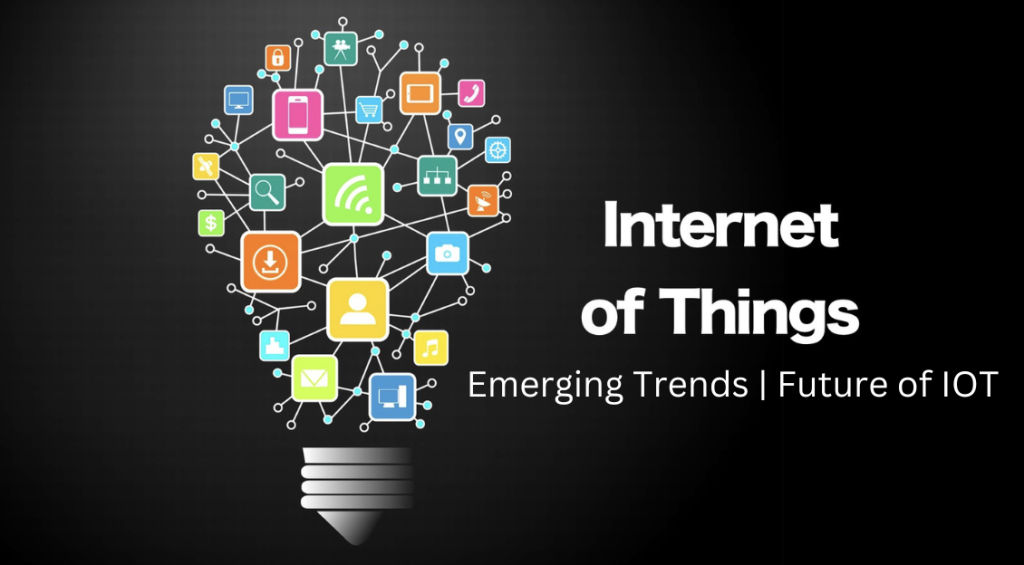In today’s digital landscape, the convergence of Internet of Things (IoT) devices and wearable technology is revolutionizing various industries, including project management. By seamlessly integrating IoT sensors and wearables with project management software, organizations can unlock new levels of efficiency, productivity, and insight. This article explores the transformative role of IoT and wearables in project management SaaS (Software as a Service), examining their potential benefits, challenges, and real-world applications. From real-time data collection to enhanced collaboration, the fusion of IoT and wearables offers exciting opportunities for modern project management practices.
Table of Contents
Understanding Project Management SaaS

Project Management SaaS refers to cloud-based software solutions that enable organizations to plan, execute, and monitor projects efficiently. Unlike traditional software, SaaS platforms are accessible via the internet, eliminating the need for on-premises installation and maintenance. These platforms offer a range of features such as task scheduling, resource allocation, collaboration tools, and reporting functionalities. Project Management SaaS provides scalability, flexibility, and cost-effectiveness, making it ideal for teams of all sizes and industries. By leveraging SaaS solutions, businesses can streamline project workflows, improve communication, and achieve better project outcomes.
Evolution of IoT and Wearables in the Business Context

The evolution of IoT and wearables in the business context has been marked by rapid technological advancements and increasing adoption across industries. Initially, IoT devices were primarily used for data collection and monitoring in manufacturing and logistics. However, with advancements in sensor technology, connectivity, and data analytics, IoT applications have expanded to various business functions, including project management. Similarly, wearable devices, initially popularized for fitness tracking and personal health monitoring, have found utility in the workplace for improving productivity, safety, and efficiency. In the business context, IoT sensors embedded in machinery, equipment, and infrastructure provide real-time insights into operations, enabling proactive maintenance and optimization. Wearable devices such as smart helmets, wristbands, and glasses enhance employee connectivity, facilitate hands-free operation, and enable data-driven decision-making. Together, IoT and wearables are reshaping business processes, driving innovation, and unlocking new opportunities for growth and competitiveness.
Integration of IoT Devices with Project Management Software
The integration of IoT devices with project management software heralds a new era of data-driven project management. By connecting IoT sensors to project management platforms, organizations gain access to real-time data streams from various sources, including equipment, vehicles, and environmental conditions. This integration enables project managers to track progress, monitor resource usage, and anticipate potential issues with unprecedented accuracy and immediacy.
Through seamless integration, IoT devices can automatically update project status, trigger alerts for deviations from predefined parameters, and generate actionable insights for informed decision-making. For example, construction projects can utilize IoT sensors to monitor equipment usage, detect safety hazards, and optimize resource allocation in real-time. Similarly, IoT-enabled supply chain management systems can track inventory levels, monitor shipment conditions, and anticipate delivery delays.
Overall, the integration of IoT devices with project management software empowers organizations to enhance operational efficiency, improve project outcomes, and stay competitive in today’s dynamic business landscape.
Benefits of IoT and Wearables in Project Management
IoT devices and wearables offer a myriad of benefits for project management, including enhanced efficiency, improved productivity, and better decision-making. The integration of IoT and wearables in project management empowers organizations to streamline workflows, increase transparency, and deliver projects on time and within budget in the following ways:
- Real-time Data Collection and Monitoring
IoT devices and wearables enable real-time data collection and monitoring, providing project managers with instant access to critical information. By continuously gathering data from various sources such as equipment, vehicles, and environmental sensors, organizations can track project progress, resource utilization, and performance metrics in real-time. This immediate insight allows for timely decision-making, proactive problem-solving, and rapid response to changing conditions. Real-time data collection and monitoring enhance transparency, accountability, and efficiency in project management, enabling teams to identify issues early, optimize workflows, and deliver projects more effectively.
- Enhanced Collaboration and Communication
IoT devices and wearables foster enhanced collaboration and communication within project teams by facilitating seamless interaction and information sharing. Wearable technologies, such as smartwatches and headsets, enable instant communication and real-time access to project data, regardless of team members’ locations. This connectivity promotes faster decision-making, reduces communication barriers, and fosters a more cohesive working environment. Additionally, IoT platforms provide centralized hubs for sharing updates, documents, and tasks, promoting transparency and alignment among team members. By improving collaboration and communication, IoT and wearables empower project teams to work more cohesively, coordinate tasks efficiently, and achieve project goals with greater ease.
- Streamlined Task Management and Resource Allocation
IoT devices and wearables streamline task management and resource allocation processes by providing real-time insights into project dynamics. With IoT sensors embedded in equipment and infrastructure, project managers can monitor resource usage, track progress, and identify potential bottlenecks in real time. This visibility enables proactive adjustments to task schedules and resource allocation, ensuring optimal utilization of resources and timely completion of milestones. Additionally, wearable devices equipped with task management applications allow team members to receive notifications, access task lists, and update progress on the go, facilitating seamless coordination and alignment across the project lifecycle. Overall, IoT and wearables enhance efficiency and effectiveness in task management and resource allocation, leading to improved project outcomes.
- Improved Decision Making and Predictive Analytics
IoT devices and wearables contribute to improved decision-making through the integration of real-time data and predictive analytics. By continuously monitoring project parameters and collecting data from various sources, such as equipment performance and environmental conditions, organizations can gain deeper insights into project dynamics. Leveraging predictive analytics algorithms, this data can be analyzed to anticipate potential issues, forecast trends, and identify opportunities for optimization. Armed with this actionable intelligence, project managers can make informed decisions, proactively mitigate risks, and adapt strategies to changing circumstances, ultimately driving better project outcomes and maximizing ROI.
Challenges and Considerations in Implementing IoT and Wearables
Challenges and Considerations in Implementing IoT and Wearables are as follows:
- Security and Privacy Concerns: Integrating IoT devices and wearables introduces potential vulnerabilities, raising concerns about data privacy, unauthorized access, and cyber threats. Robust security measures, encryption protocols, and access controls are essential to mitigate these risks.
- Compatibility and Integration Issues: Ensuring seamless integration of IoT devices with existing infrastructure and project management software can be challenging due to compatibility issues, disparate data formats, and interoperability limitations. Comprehensive testing and compatibility assessments are necessary to ensure smooth integration.
- User Adoption and Training: Embracing new technologies like IoT devices and wearables requires adequate user training and change management strategies. Resistance to change, lack of familiarity, and usability issues may hinder user adoption, necessitating comprehensive training programs and ongoing support.
Addressing these challenges and considerations is vital for the successful implementation and adoption of IoT devices and wearables in project management, enabling organizations to harness their full potential while mitigating risks.
Case Studies: Successful Implementation of IoT and Wearables in Project Management SaaS
Bechtel’s Use of Wearables in Construction:
Bechtel, one of the largest construction companies globally, implemented wearable technology in their construction projects. They provided workers with smart helmets equipped with sensors and cameras to monitor safety compliance and improve productivity. These helmets collected data on worker movements, environmental conditions, and potential hazards. By integrating this data with their project management systems, Bechtel was able to enhance safety protocols, optimize workflow, and reduce accidents on construction sites.
London Underground’s IoT Implementation:
London Underground, the public transit operator in London, implemented IoT sensors in their train fleet to improve maintenance and reliability. They installed sensors on train components to monitor performance and detect potential faults in real-time. By analyzing the data collected from these sensors, London Underground could predict equipment failures before they occurred, allowing for proactive maintenance and minimizing service disruptions. This IoT implementation significantly improved train reliability, reduced maintenance costs, and enhanced passenger satisfaction.
These real-world case studies demonstrate the tangible benefits of integrating IoT and wearables in project management across different industries.
Future Trends and Opportunities

Future Trends and Opportunities in the field of IoT and Wearables in Project Management are as follows:
- AI and Machine Learning Integration: The integration of artificial intelligence (AI) and machine learning (ML) algorithms with IoT devices and wearables will enable more sophisticated data analysis and predictive capabilities. This will empower project managers to make data-driven decisions, anticipate future trends, and optimize project outcomes with greater precision.
- Edge Computing: The rise of edge computing technology will allow data processing and analysis to occur closer to the source, reducing latency and enhancing real-time responsiveness. By leveraging edge computing capabilities, organizations can process data from IoT devices and wearables more efficiently, enabling faster decision-making and enhancing overall system performance.
- Enhanced Wearable Technologies: Wearable devices will continue to evolve, offering advanced functionalities such as biometric authentication, augmented reality (AR) overlays, and health monitoring capabilities. These advancements will enhance user experience, improve productivity, and enable new use cases in project management, such as remote training, virtual inspections, and immersive collaboration.
- Blockchain for Data Security: Blockchain technology holds promise for enhancing data security and integrity in IoT deployments. By providing a decentralized and tamper-proof ledger, blockchain can ensure the authenticity and traceability of data collected from IoT devices and wearables, mitigating security risks and enhancing trust in the data generated by these devices.
- Integration with IoT Ecosystems: As the IoT ecosystem continues to expand, there will be greater opportunities for integration between IoT devices, wearables, and other connected systems. This interconnectedness will enable seamless data exchange, interoperability, and automation, unlocking new possibilities for project management efficiency and innovation.
Overall, these future trends and opportunities signify a promising landscape for the continued evolution and adoption of IoT and wearables in project management, paving the way for more intelligent, connected, and efficient project workflows.
Conclusion
The integration of IoT devices and wearables presents a transformative opportunity for organizations to revolutionize project management practices. By leveraging real-time data collection, enhanced communication, and predictive analytics capabilities offered by IoT and wearables, businesses can achieve unprecedented levels of efficiency, productivity, and innovation. Through seamless integration with project management software, IoT devices enable organizations to monitor project progress, optimize resource allocation, and mitigate risks in real-time. Wearable technologies facilitate improved collaboration, communication, and task management among project teams, regardless of their location or device.
By harnessing the power of IoT devices and wearables, organizations can streamline workflows, improve decision-making, and deliver projects more effectively. As technology continues to evolve, embracing IoT and wearables will be key to staying competitive in today’s dynamic business landscape and achieving success in project management endeavors.